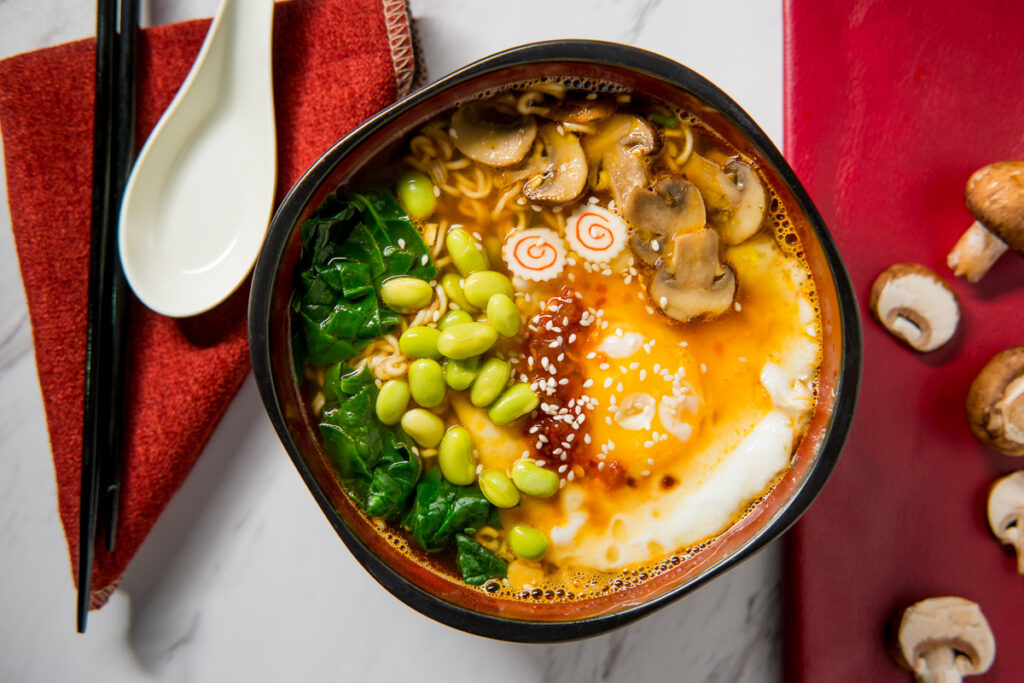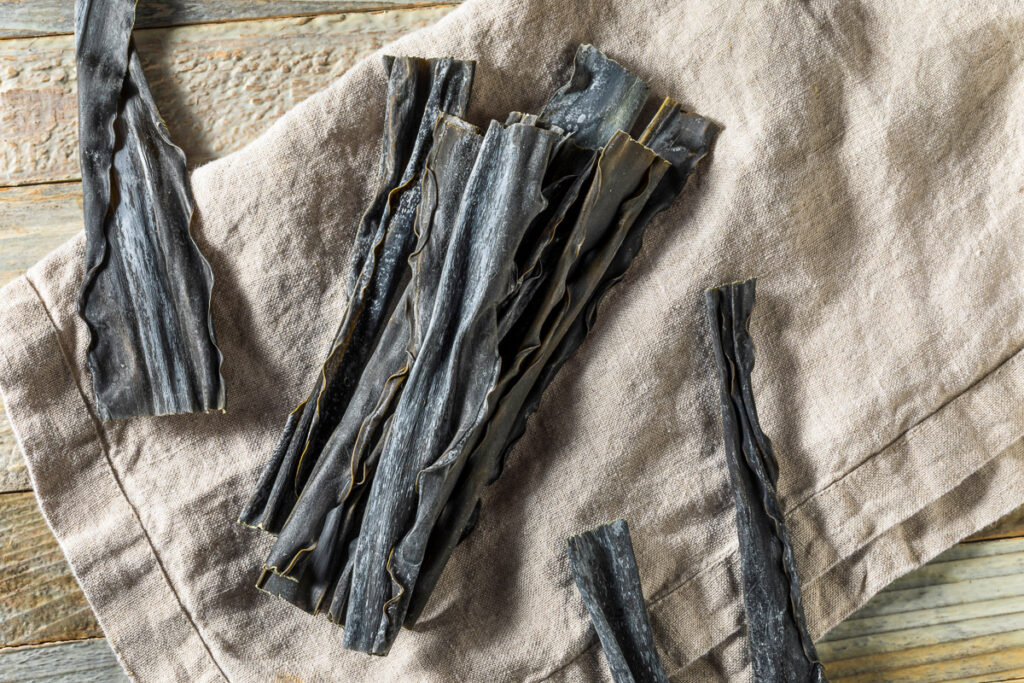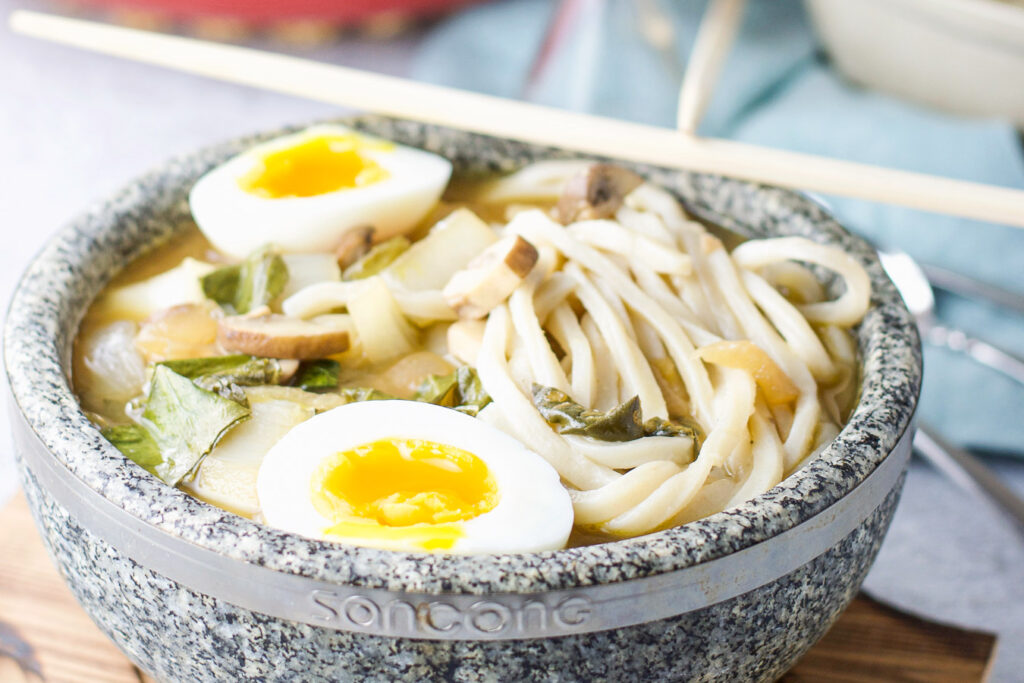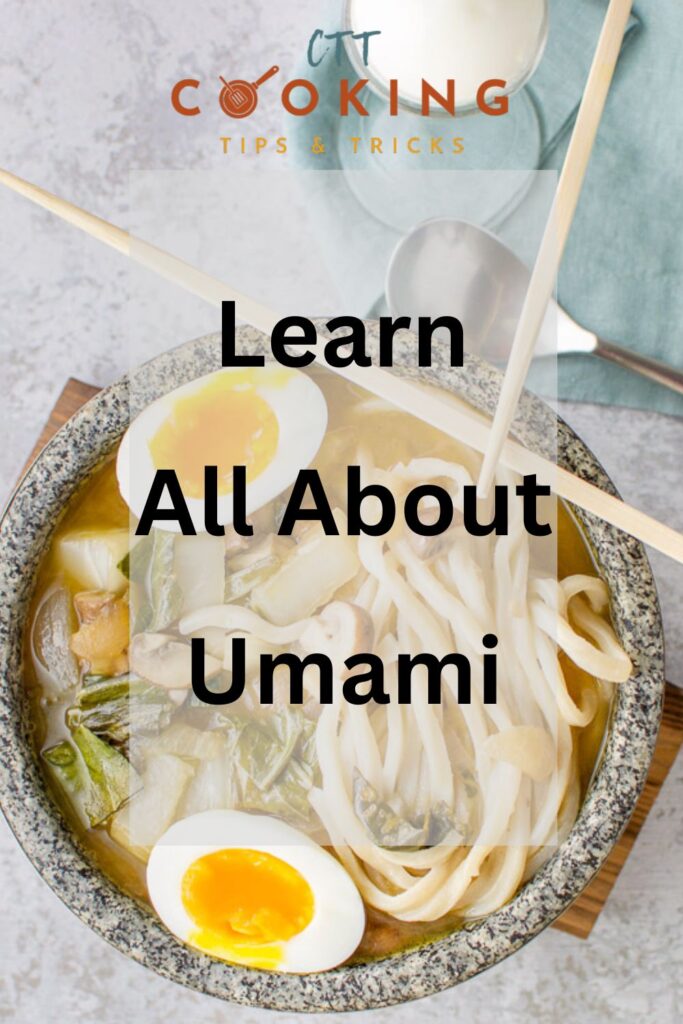Umami: The Fifth Taste
In the diverse world of culinary arts, umami stands out as a fascinating, often misunderstood concept. Dubbed the ‘fifth taste’, umami is a Japanese term translating to ‘pleasant savory taste. This unique flavor profile, distinct from sweet, sour, salty, and bitter, enhances our dining adventures in subtle yet profound ways.

The essence and unraveling the mystery
At the heart of umami are ingredients rich in glutamates, inosinates, and guanylates, compounds that activate our taste receptors for savory flavors. Foods like kombu (edible kelp), shiitake mushrooms, Parmesan cheese, and soy sauce are treasure troves of these compounds. As we learn about the composition of these ingredients, we find a common thread – they are often products of fermentation or curing, processes that amplify the quotient.
The science behind it

Understanding umami requires a foray into taste perception. Umami compounds interact with specific receptors on the tongue, a revelation that won the scientist Dr. Kikunae Ikeda recognition in the early 1900s. This interaction is what makes foods like miso paste, tomato paste, and cured meats like tuna and salmon not just delicious but crave-worthy.
Umami and health
While umami-rich foods are often associated with high sodium (think soy sauce and Worcestershire sauce), balancing umami with health is possible. For instance, a splash of soy sauce can reduce the need for salt, making umami worthy of a healthier meal.
Vegetarian and vegan perspectives
Vegetarian and vegan cuisines have long embraced umami, even before it was a recognized concept. Vegetarian and vegan recipes often include seaweed, broths, and fermented foods like miso, showcasing that umami is not related only to animal-based foods.
Culinary techniques to boost umami

- Using Kombu: Kombu is a powerhouse of umami. Adding it to broths or soaking it in water before cooking can infuse dishes with a deep, savory flavor.
- Fermentation and Curing: These age-old techniques are not just for preservation but are flavor enhancers. Fermented products like miso and cured foods like Parmesan cheese are gold mines of flavor enhancement.
The best ways to add it
- Layering: Build umami in your dishes by layering umami-rich ingredients throughout the cooking process. For example, start with sautéed mushrooms, add tomato paste, and finish with a sprinkle of Parmesan cheese.
- Umami bombs: Create umami bombs by mixing together a few umami-rich ingredients, such as soy sauce, Worcestershire sauce, and miso paste. Keep a small jar of this mixture in your fridge to enhance various recipes.
- Balance: Remember that umami is about balance. Use umami-enhancing ingredients judiciously, as too much can overwhelm the palate. Taste and adjust as needed.
- Experiment: Don’t be afraid to experiment with umami-rich ingredients in your favorite recipes. Umami offers a world of culinary possibilities, and perfectinging the perfect umami balance is an exciting challenge for home cooks.
How and when to add to different dishes

Get the Udon noodle soup recipe.
Soups and stews:
- How: Start by sautéing umami-rich ingredients like onions, garlic, and mushrooms. Then, add broth or stock made with umami-boosting ingredients like dried shiitake mushrooms, kombu, and soy sauce
- When: Umami should be added early in the cooking process to allow flavors to meld. You can also enhance umami by finishing with a sprinkle of Parmesan cheese or a dash of Worcestershire sauce.
Sauces and gravies:
- How: Begin by creating a roux with butter and flour, then add umami-rich liquids like broth or red wine. You can also incorporate tomato paste or miso for added depth.
- When: Umami should be added during the initial stages of sauce-making to ensure thorough flavor integration.
Marinades:
- When: Marinate your proteins (meat, tofu, or vegetables) for at least 30 minutes, allowing the marinade to penetrate the ingredients.
Stir-fries:
- How: Begin by stir-frying vegetables like mushrooms and bok choy. Add a sauce made with soy sauce, garlic, and ginger for a savory finish.
- When: Umami ingredients should be added at the start of the stir-frying process, ensuring they infuse the entire dish.
Roasting and grilling:
- How: Create marinades or rubs using ingredients like soy sauce, Worcestershire sauce, and miso paste. Brush the mixture onto meats, vegetables, or tofu before roasting or grilling.
- When: Apply the marinade or rub at least 30 minutes before cooking to allow the flavors to permeate the ingredients.
Salads:
- How: Add elements like roasted nuts, sun-dried tomatoes, or grated Parmesan cheese to your salads. You can also drizzle with balsamic glaze (agrodolce) for a tangy umami twist.
- When: Incorporate these ingredients just before serving to maintain their texture and flavor.

Get the recipe for shrimp and chicken fried rice.
Rice dishes:
- How: Cooking rice in broth instead of water can impart umami flavors. Broths, especially made from meats, mushrooms, or seaweed, are rich in natural glutamates. You can also add soy sauce, oyster sauce, or fish sauce for a delicious umami taste.
- When: Add any of these ingredients during the cooking process.
In global food culture
Umami is not just a Japanese phenomenon; it’s a global sensation. From the agrodolce of Italian cuisine, which often features umami-rich ingredients, to the use of fish sauces in Southeast Asian cooking, this is a thread that weaves through various food cultures.
The art of flavor pairing
Understanding umami is crucial in mastering flavor combinations. For example, the pairing of mushrooms (rich in glutamates) with a protein (high in inosinates) can turn a simple dish into a culinary delight. This art of flavor pairing is what turns good cooking into great cooking.
Umami for beginners: Simple steps to enhance your cooking
- Start with Umami-rich Ingredients: Incorporate shiitake mushrooms, tomato paste, or a dash of miso into your regular recipes.
- Experiment: Create small mixtures of umami-rich ingredients like Parmesan, tomato paste, and soy sauce to add a burst of flavor to dishes.
- Balance is Key: Remember, it is about enhancing, not overpowering. Use these ingredients judiciously.
Umami is more than just a taste; it’s an essential cooking element that melts ordinary ingredients into a symphony of flavors. By understanding and utilizing umami-rich ingredients and techniques, home cooks can refine their culinary creations, crafting dishes that are nourishing and delight to the senses. As we continue to measure the depth of umami, we unlock new dimensions in our cooking, celebrating the rich tapestry of flavors that this fifth taste brings to our tables.
Photo credits by Deposit Photos, Pear Tree Kitchen, and Dishes Delish.
Editor: Oliver Baysinger
Transitioning from the theatrical stage with her BA in theater to the culinary world, Elaine Benoit exemplifies how passion can reshape a career. As the CEO of Dishes Delish, she skillfully combines health-conscious and soul-satisfying recipes with expertly mixed cocktails. Elaine also explores the world of food through her podcast "Dishing," sharing her gastronomic journeys. Further, as a co-owner of Food Blogger Help, she dedicates herself to mentoring emerging food bloggers, offering them the tools for success. Elaine's multifaceted background, from acting to culinary arts, positions her as a guiding light in the digital food sphere.

